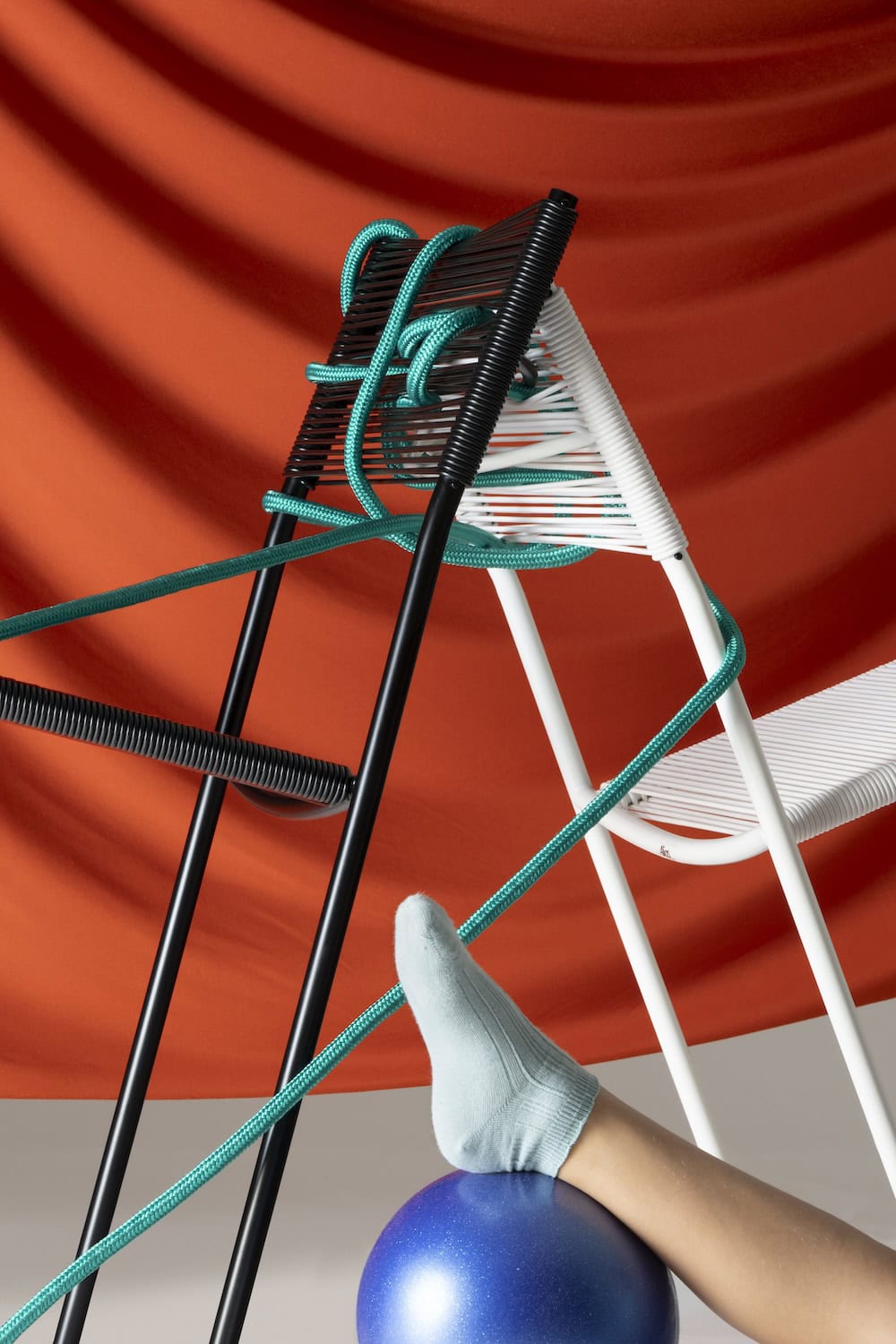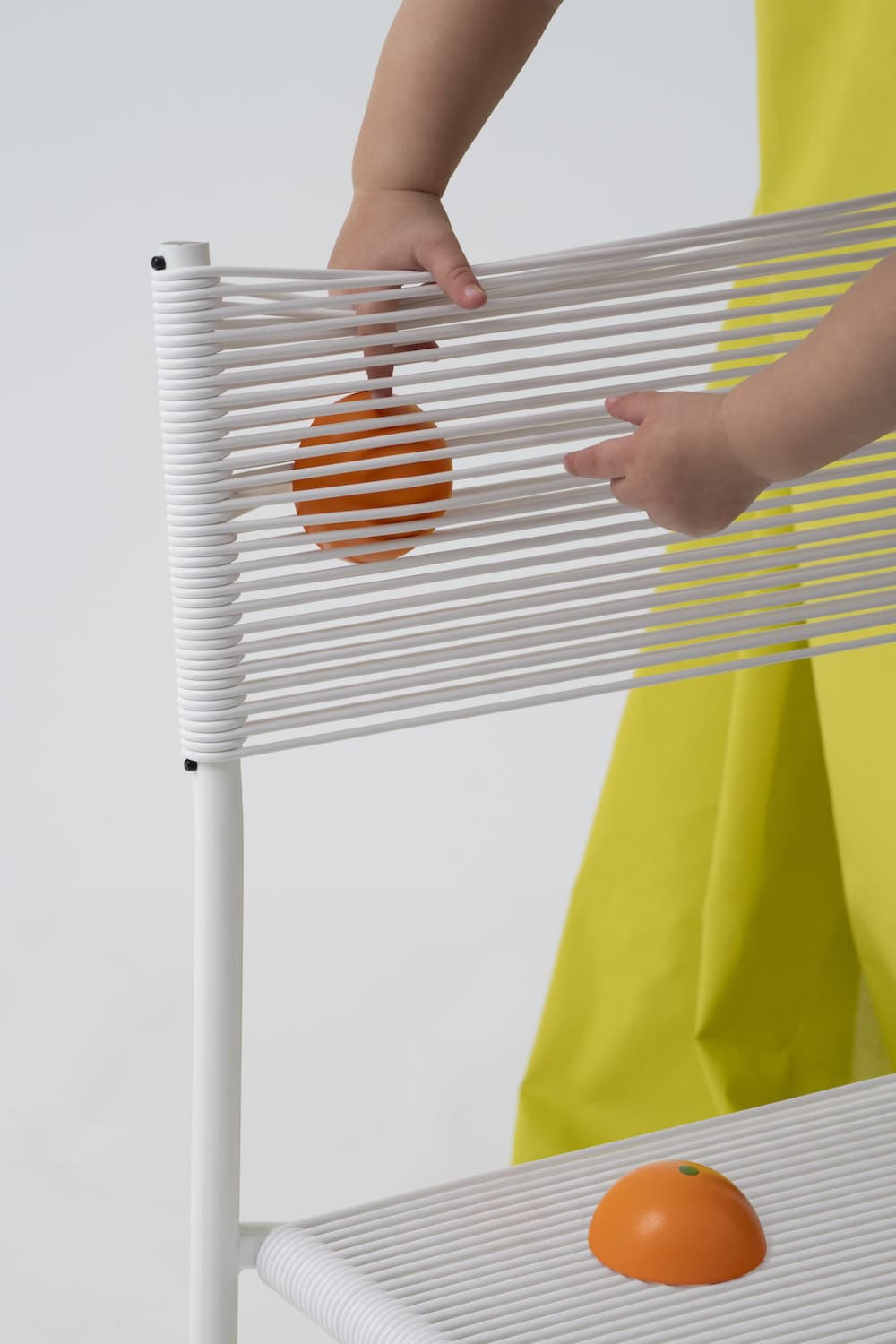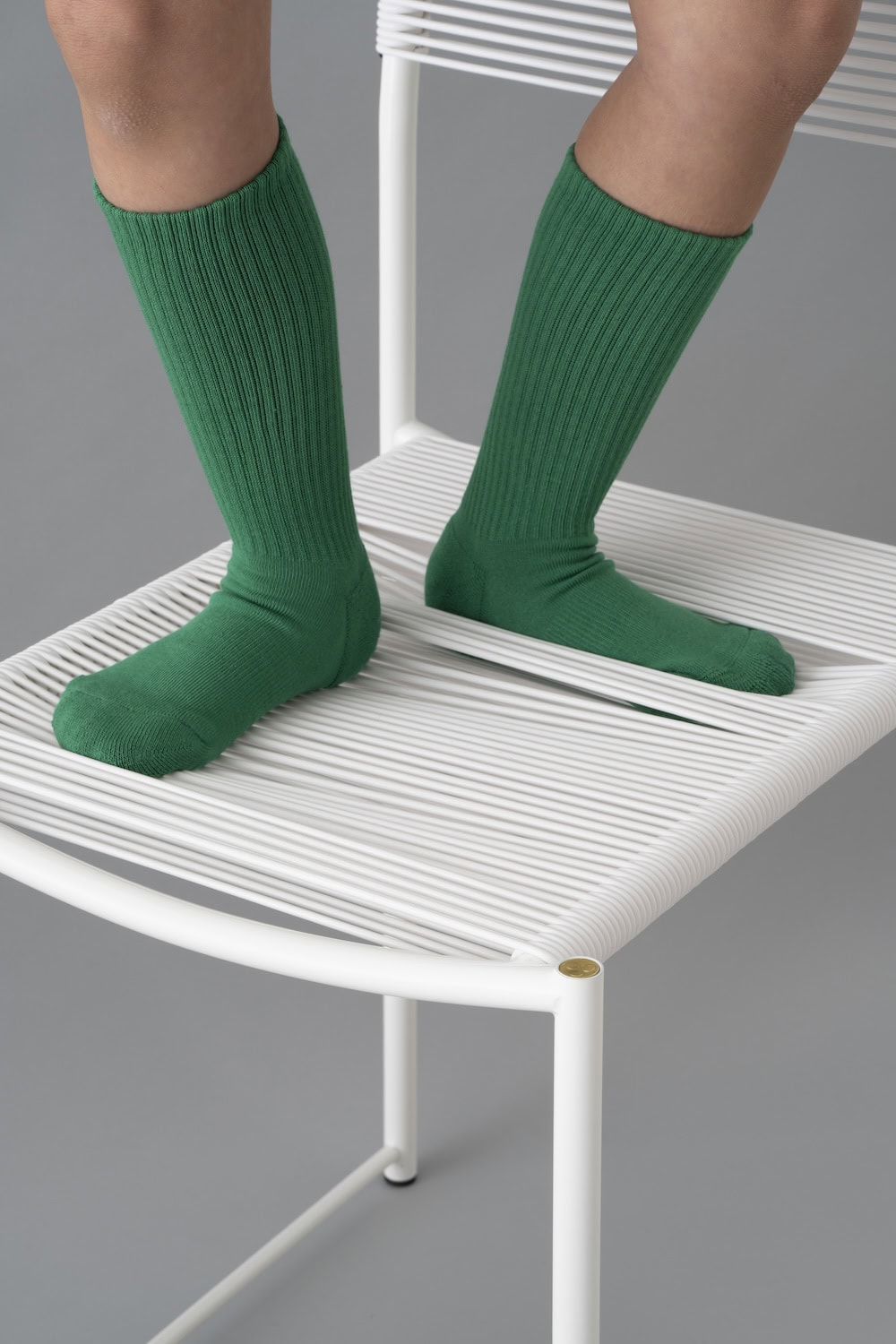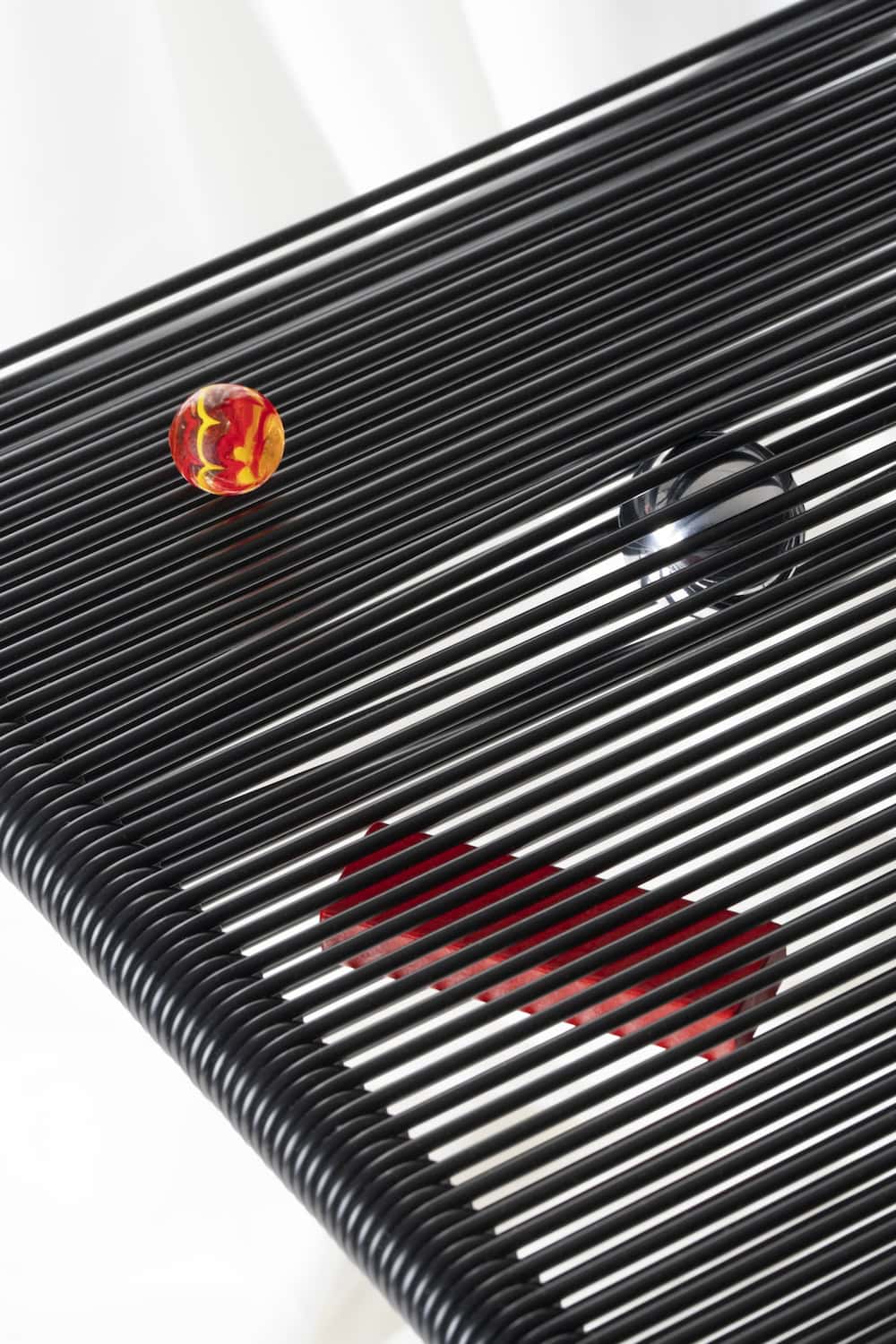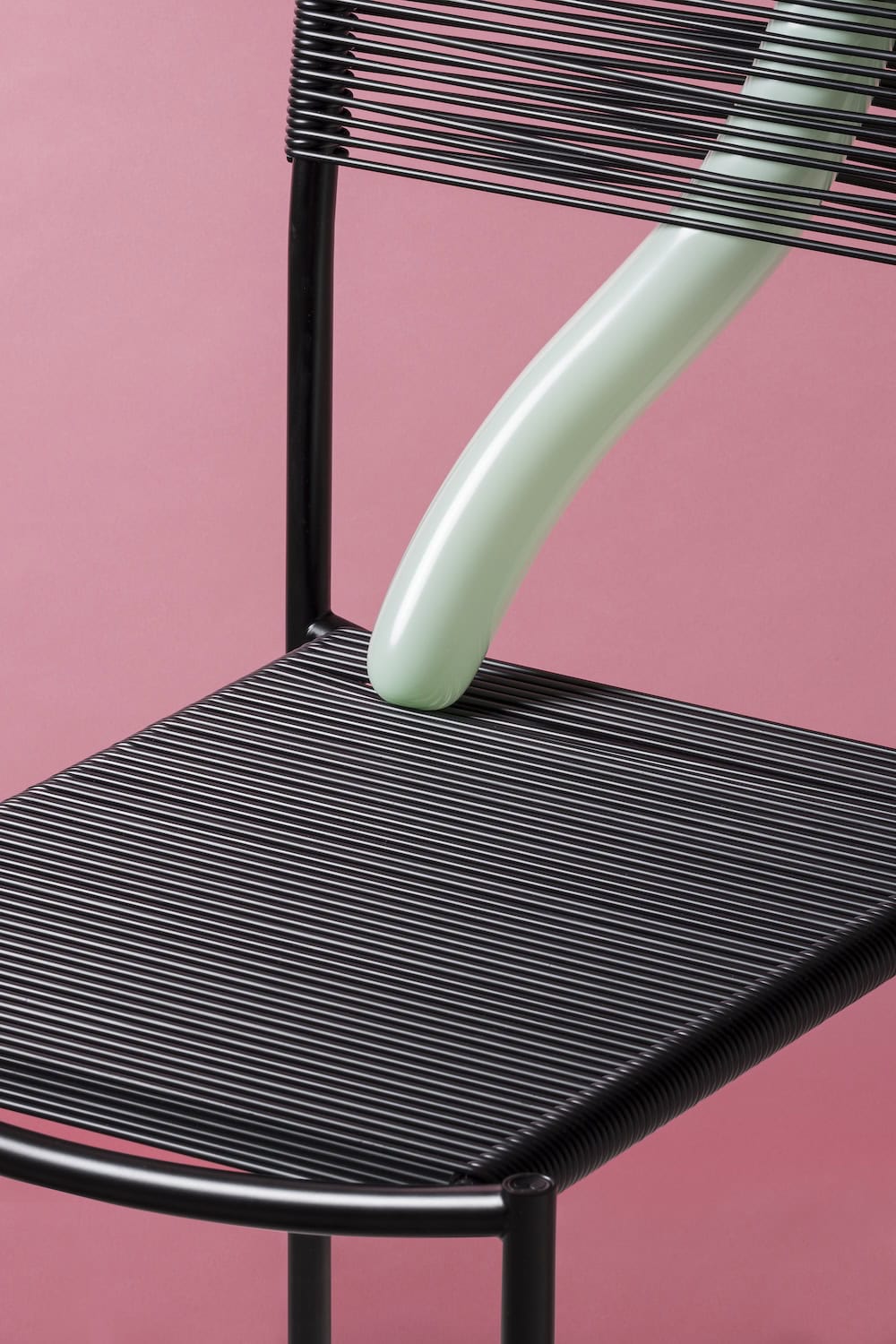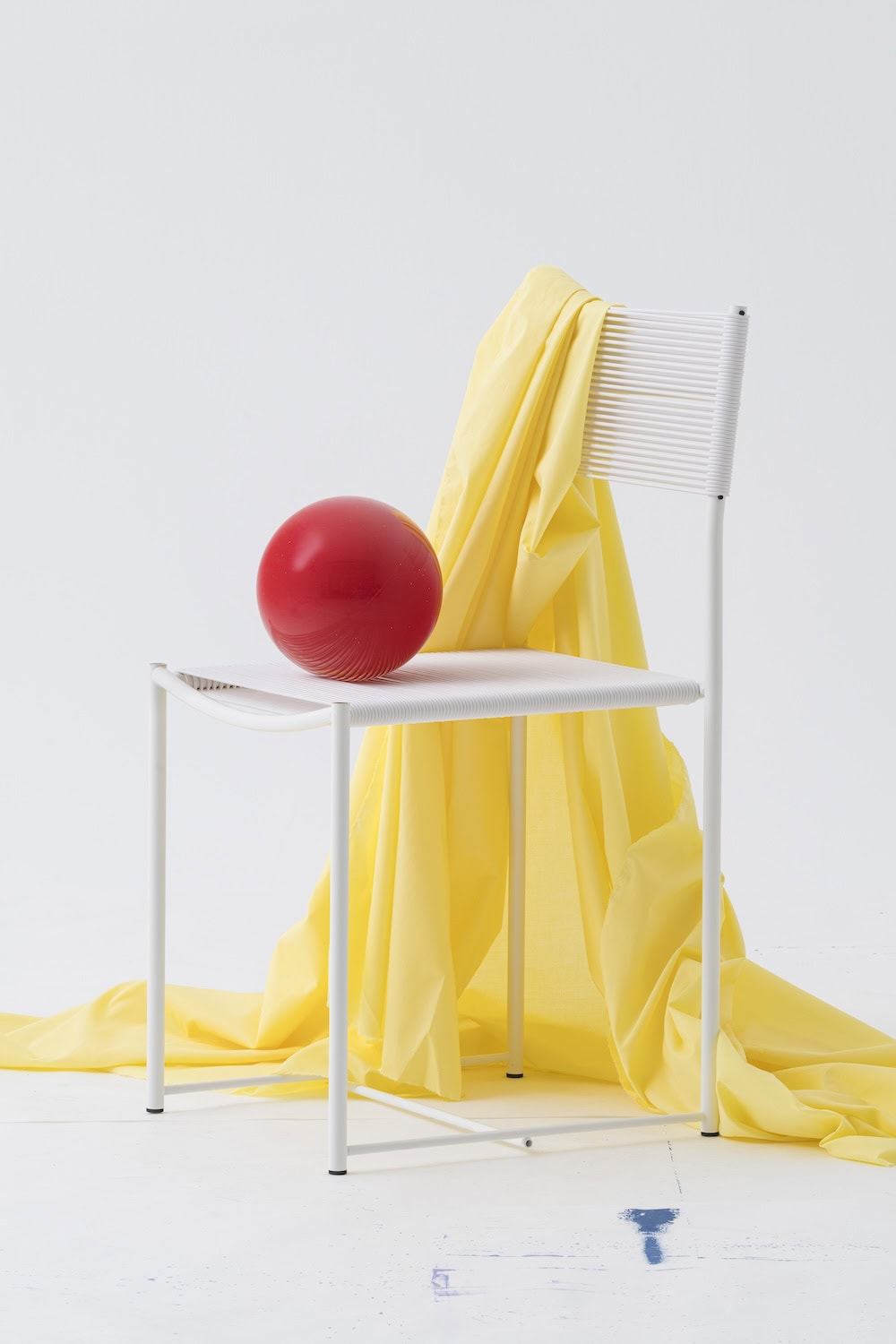Alias pays homage to Giandomenico Belotti’s iconic masterpiece with a new publication: a homage to the Spaghetti Chair. The company’s first product and a symbol of its history, the work by maestro Giandomenico Belotti (1922-2004) is starring in a new publication by renowned photographer Delfino Sisto Legnani, who depicts an ironic yet profound exploration of the power of simplicity.
The Spaghetti Chair is an example of a true cult design object. Its minimalist steel structure and PVC tubes, which appear almost infinitely long, are part of our collective imagination, a symbol of contemporary industrial design. Simplicity is often the most difficult task to successfully achieve. Belotti created the Spaghetti Chair out of a “professional need to interpret the average cultural demand and to offer precise, functional answers without contriving to amaze, to ride the wave of fashions, of the new at all costs, to turn the spotlight on oneself, through the switch of the exhibited idea, of the aesthetic gimmick” as reported in the biography by Claudio Bagatti and Mariavittoria Schinetti (Electa, 2004). As powerful today as it was when it was first developed, the story of the Spaghetti Chair dates back to 1962, when Belotti designed a chair for the outdoor area of the Marina hotel in Marina di Massa. At the time, the chair was called “Odessa” and was the result of a collaborative project with the Pluri firm, the first design experience of Enrico Baleri, the future founder of Alias. In 1979, when Alias started production of the Spaghetti Chair, Belotti continued to refine it: he made the backrest crosspiece less curved, added small rubber stoppers to the upper ends of the uprights, moved the central crosspiece to the base and optimised the materials used for the seat and backrest.
Over the years, these continuous and meticulous improvements have made the Spaghetti Chair an emblem of contemporary industrial design. The Spaghetti Chair has resulted in a family of products: from stools of various heights to small armchairs with rounded shapes, to the Spaghetti Gemini with slightly inclined back legs. With humility and innovation, Belotti has evolved a concept of simplicity, reinterpreting tradition. “It is foolish to try to reinvent the shape of a spoon. You have to approach the traditional object very humbly, aware that you can innovate, but taking care not to drop your ideas on people’s heads from above. Sometimes, it is a process of synthesis, of greater elegance, as in the case of Spaghetti Gemini.”
The perfect immediacy of the Spaghetti Chair made it an icon both in domestic and everyday spaces and in the permanent collections of the most prestigious museums, including the MoMA in New York, the Vitra Design Museum in Weil am Rhein and the Triennale di Milano. Despite its apparently playful name, this chair encapsulates the essence of Belotti’s Italian rationalism, combining excellence and innovation. It respects traditional Italian craftsmanship but represents cutting-edge processing of structures, treatment of forms and use of materials. In all its simplicity, the Spaghetti Chair is one of the objects that have defined the history and culture of design.
Today, Alias pays homage to the Spaghetti Chair by looking at it through the lens of contemporary talent Delfino Sisto Legnani, who makes it the focus of an original photographic narrative. With extreme freedom of expression and irony, Legnani celebrates the founding philosophy of Alias, encapsulated in the poetics of “Something Else”. He decontextualises the Spaghetti Chair from its main function, making it interact with unusual objects and human figures associated with the world of childhood. This approach encourages an ironic interpretation of the chair, enhancing its structure, innovative design, and the lightness of its name.
